When training energy systems specifically, you want to consider your sport. Every sport will have dominant energy systems and thus, the energy systems specific to that sport should be given special attention. Energy systems are a complicated subject, as we detailed in the last post, they do not operate in isolation. Oftentimes trainers get stuck focussing on the specific time domain of their sport but the complex relationship between systems means we should zoom out and take a broader approach to energy systems training.
The first consideration for training energy systems is the power-capacity continuum. Remember that energy systems are responsible for generating ATP, the energy currency in our body. Each pathway will have a limit on the duration it can perform (capacity) and the rate at which it is capable of generating ATP (power). We want to maximize both ends of this continuum by creating both a broad base and high peak to each energy pathway.
Especially in a CrossFit setting, increasing both power and capacity is valuable. CrossFit’s goal is, “Increased work capacity across broad time and modal domains” so we want to be able to work harder, for longer – simple. When training power and capacity, there is typically a back and forth cycle that appears. As we increase power, our capacity may not necessarily decline but our capacity at this newly recognized power output will not be as sustainable. Once we have experienced an increase in power, we should train to be able to sustain that power. Most energy systems training programs will focus on alternating blocks of power and capacity training.
Arguably, the most important consideration when training energy systems is the fact that they are never operating in isolation. There is a complex relationship between the systems that must be understood. If you view the table below you can see the relative energy systems contribution for each task and time duration.
It is best to view this table from the bottom up, where Marathon pace is what we start at with 80% of energy coming from the aerobic glycolytic pathway and 20% coming from the aerobic lipolytic pathway. As power increases and more ATP is needed, we engage the anaerobic glycolytic system and shift the balance towards higher power, fast-fatiguing systems. It is key to the progress in developing energy systems to understand that everything is connected and focusing on any single pathway will yield suboptimal results.
Training energy systems for sport-specific tasks requires you to take a good hard look at which energy systems are dominant in each sport. We can use research performed from other sports to guide our intention, knowing the commonalities between sports. Track and field has been an invaluable resource for understanding and planning training for CrossFit. The table above shows the relative contribution of energy systems in time domains that are typical in CrossFit (3-20 minutes). From the 1,500m and 5,000m events we are deriving 80% and 87.5% of our energy respectively from the aerobic glycolytic pathway. Even in the 800m, an event lasting only 1 minute and 45 seconds, the aerobic glycolytic pathway dominates. This means that generally, CrossFit is an aerobic sport and when looking at it through the view of energy systems training, we should place a premium on aerobic development.
Energy systems are only one part of the performance puzzle. A well-developed energy pathway does not ensure success in given sporting tasks. Performance is the culmination of different factors, with energy systems playing only a small part of a bigger picture. Continuing with this topic we will discuss the unique demands of CrossFit and how to assess and train for them.


